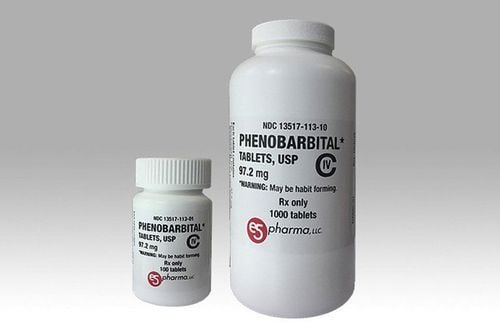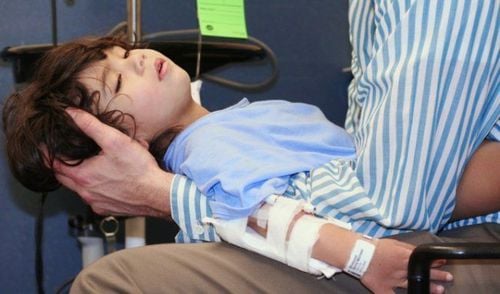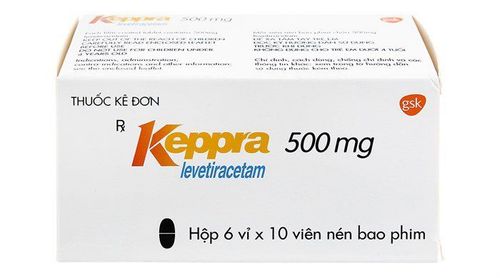This is an automatically translated article.
Post by Doctor of Examination & Internal Medicine Department - Vinmec Central Park International General Hospital
Epilepsy is a brain disease that can occur at any age, mostly in children. Seizures are often sudden and uncontrollable. If this condition is not treated quickly, it can cause dangerous, even life-threatening complications.
1. Epilepsy Definition
Epilepsy in folk is often called "seizure", "leprosy",... In medical care, it is necessary to distinguish, seizure (seizure) is a manifestation due to excessive and synchronous discharge of the brain. cortical neurons. Epilepsy, on the other hand, is a disorder of the brain characterized by repeated seizures without a trigger. Thus, epilepsy (seizure) repeats but has triggers, eg alcohol withdrawal syndrome, stroke, brain tumor,... not epilepsy.
2. Features that help identify a seizure
The key feature of seizures is that they occur unpredictably. Attacks are usually short (lasting up to a few minutes), stereotypical, often positive symptoms. Seizures can also occur during sleep or upon awakening. There may also be confusion after the attack, weakness after the attack (todd's paralysis), urinary incontinence during the attack, possibly accompanied by trauma, fracture or dislocation....
Manifestations of Seizures vary widely, depending on the location of the epileptic impulse in the cerebral cortex and its spread in the brain. So the symptoms of epilepsy can be convulsions, spasms, loss of consciousness or altered perceptual state, changes in behavior, automatic movements such as blinking or chewing mouth, sensation of numbness. Therefore, any neurological symptoms of a fixed, repetitive nature, with a short duration of seizure should be considered as epilepsy.
Seizures are easily confused with syncope, psychological disorders, stroke, migraine... A thorough history, clinical examination and attention to the features of epilepsy play a very important role in the analysis. to distinguish epilepsy from the disorders mentioned above.

Đặc điểm chìa khoá của cơn động kinh là cơn xảy ra không dự đoán trước được
3. Epilepsy Treatment
When encountering a person having a seizure , you need to know the following principles for initial local management as follows:
Loosen the patient's collar When the patient is having a seizure, do not try to hold or hold the patient. press down on the patient as this may cause injury, fracture or dislocation of the patient. Do not insert spoon, wooden stick, pour lemon juice or any other letter into the patient's mouth as this can cause injury, aspiration to the patient. Reassure people around Clean up sharp objects around the patient (glass objects, surrounding objects...) After the seizure, have the patient lie on his or her side, wipe the secretions from the oropharynx, Ensure airway clearance, avoid aspiration, suction viscous sputum, ensure ABC, give oxygen when needed. After a seizure, patients are often confused, so they need someone to look after them, to avoid leaving the patient alone. Arrange for the patient to be brought to the hospital as soon as possible for diagnosis of the cause and appropriate treatment. Timing of withdrawal with intravenous drugs: Because seizures are usually short and self-limited, they usually do not need to be stopped with intravenous drugs. Oral antiepileptic drugs alone are sufficient to control recurrent seizures. Only use intravenous reliever drugs (midazolam, diazepam,...) when the patient has status epilepticus or the convulsion threatens to enter status epilepticus.
To register for examination and treatment at Vinmec International General Hospital, you can contact Vinmec Health System nationwide, or register online HERE.
For direct consultation, please dial HOTLINE or register online HERE. Download the exclusive MyVinmec app for faster scheduling, more convenient calendar tracking!













